Workplace Safety: Essential Guidelines Every Worker Must Follow
Workplace safety is not just a rule — it’s a responsibility. Every worker, no matter the job or location, deserves to return home safe and healthy. When safety measures are followed, accidents can be prevented, injuries avoided, and lives saved. Here’s a simple breakdown of the most important workplace safety rules that every worker should understand and follow.
Always Wear the Right Safety Gear (PPE)
Personal Protective Equipment (PPE) is your first line of defense on the job.
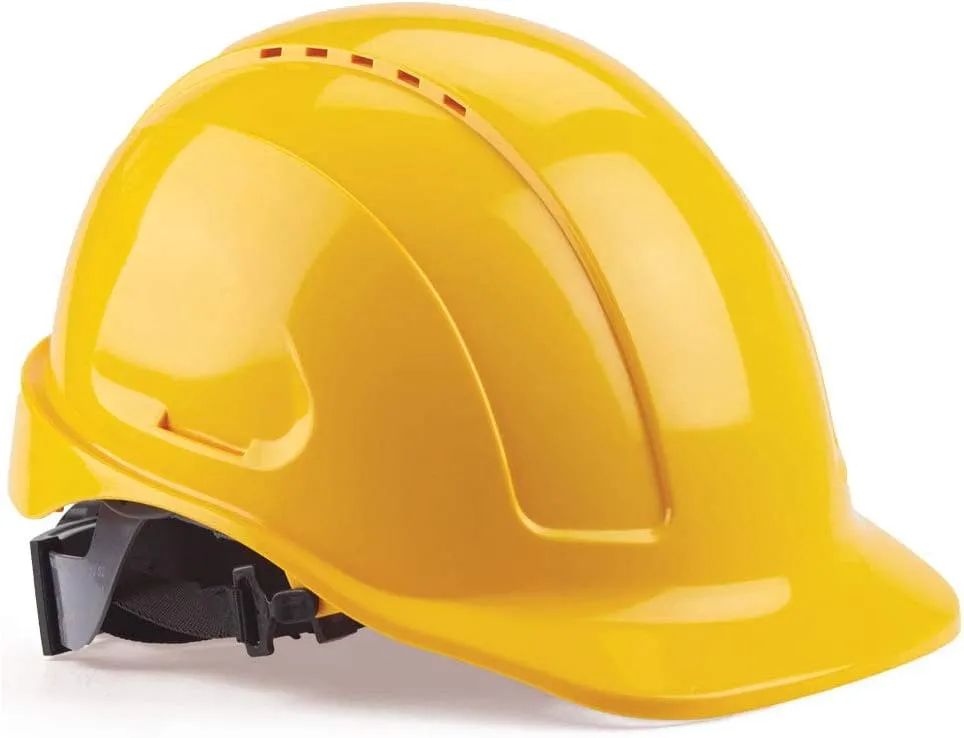
Hard hats
Protect your head from falling objects.
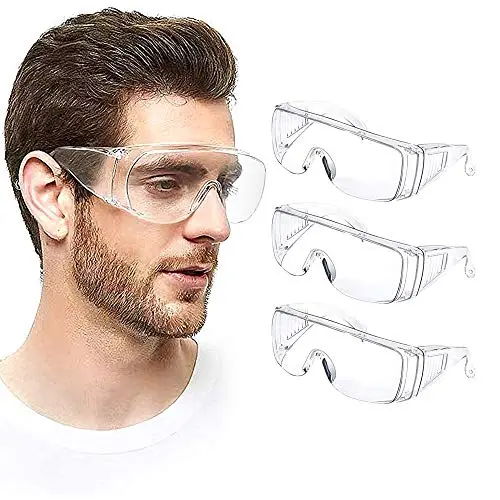
Safety glasses
shield your eyes from dust, debris, and chemicals.
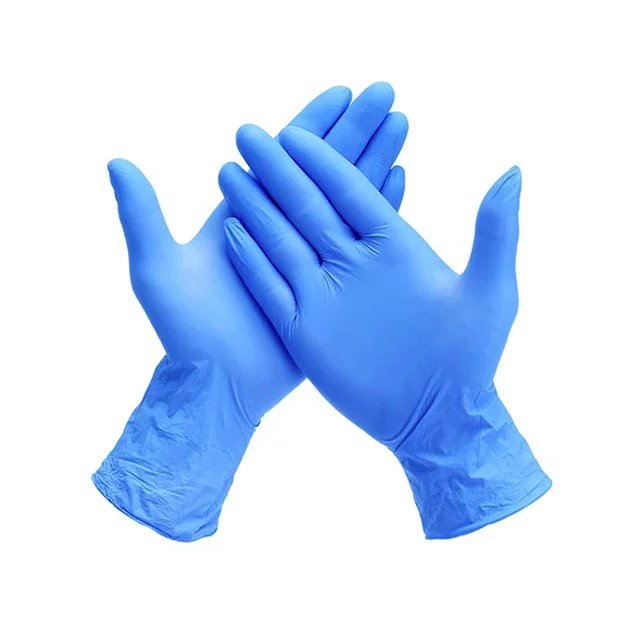
Hard hats
Prevent hand injuries from cuts, burns, or toxic materials.
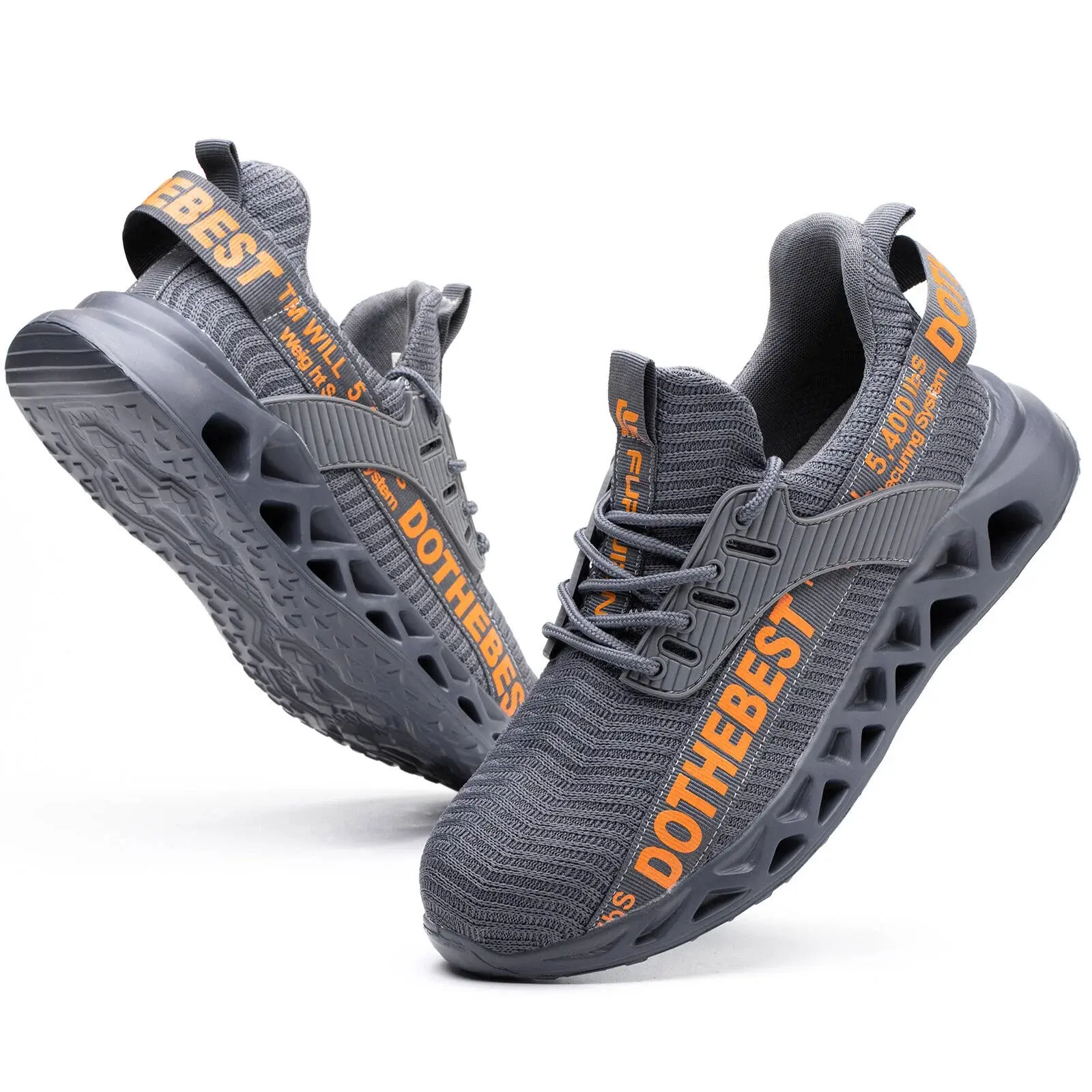
Steel-toe Shoes
Protect your feet from heavy tools or machinery.
Tip: Always inspect your PPE before starting work. Damaged gear can be more dangerous than no gear at all.
Know Your Surroundings
Being aware of what’s happening around you can prevent most workplace accidents.
Tip: If you notice a new hazard, report it immediately to your supervisor or safety officer.
Use Tools and Equipment Correctly
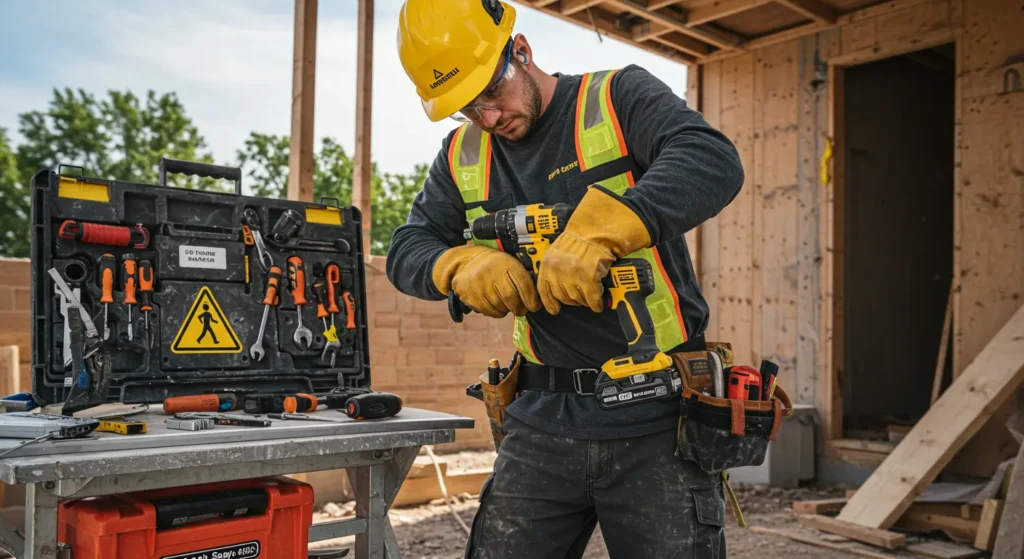
Improper use of tools is one of the most common causes of workplace injuries.
Tip: Never try to bypass safety features or take shortcuts.
Keep the Workspace Clean and Organized
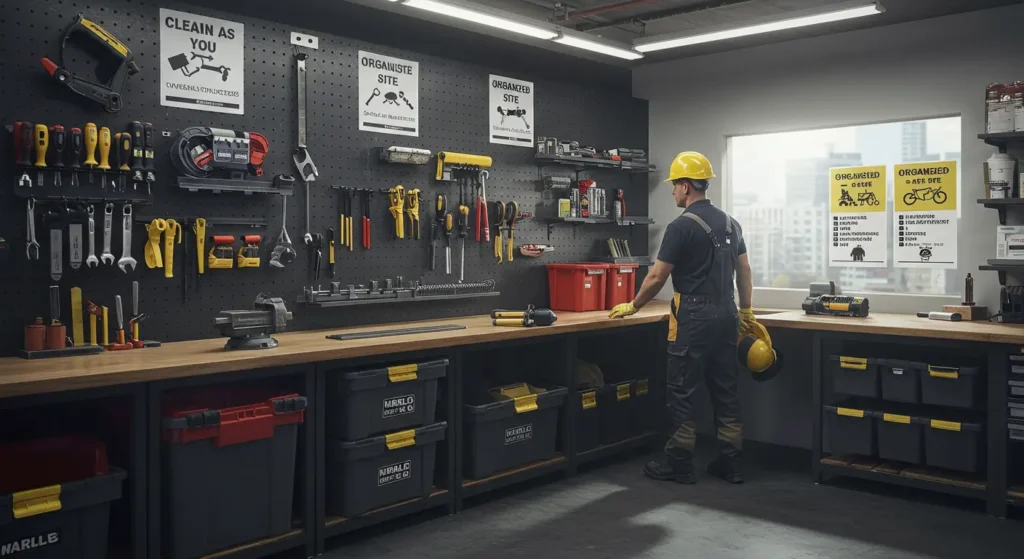
A cluttered work area increases the risk of slips, trips, and falls.
Tip: Walkways should always be clear — even a small object on the floor can lead to serious injuries.
Communicate and Speak Up
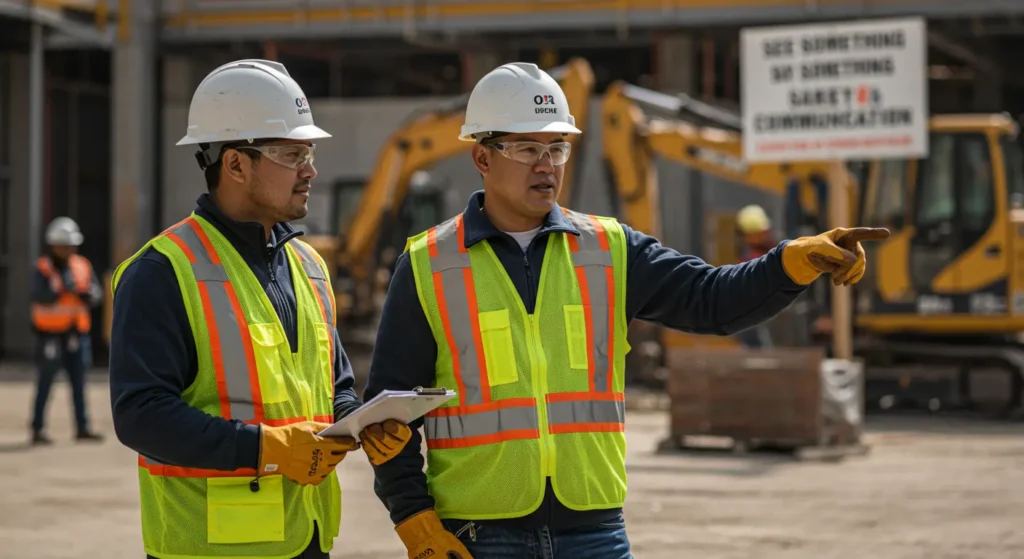
Workplace safety is a team effort. Don’t stay silent if something seems unsafe.
A Quick question could prevent a Long hospital Stay.
Understand Emergency Procedures
Know what to do in case of fire, chemical spills, or medical emergencies.
Tip: Take drills seriously—they prepare you to act fast when it matters.
Stay Alert and Avoid Distractions
Being tired, distracted, or under the influence can lead to disaster.
Tip: If you’re not feeling 100%, speak with your supervisor. Safety comes before speed.





